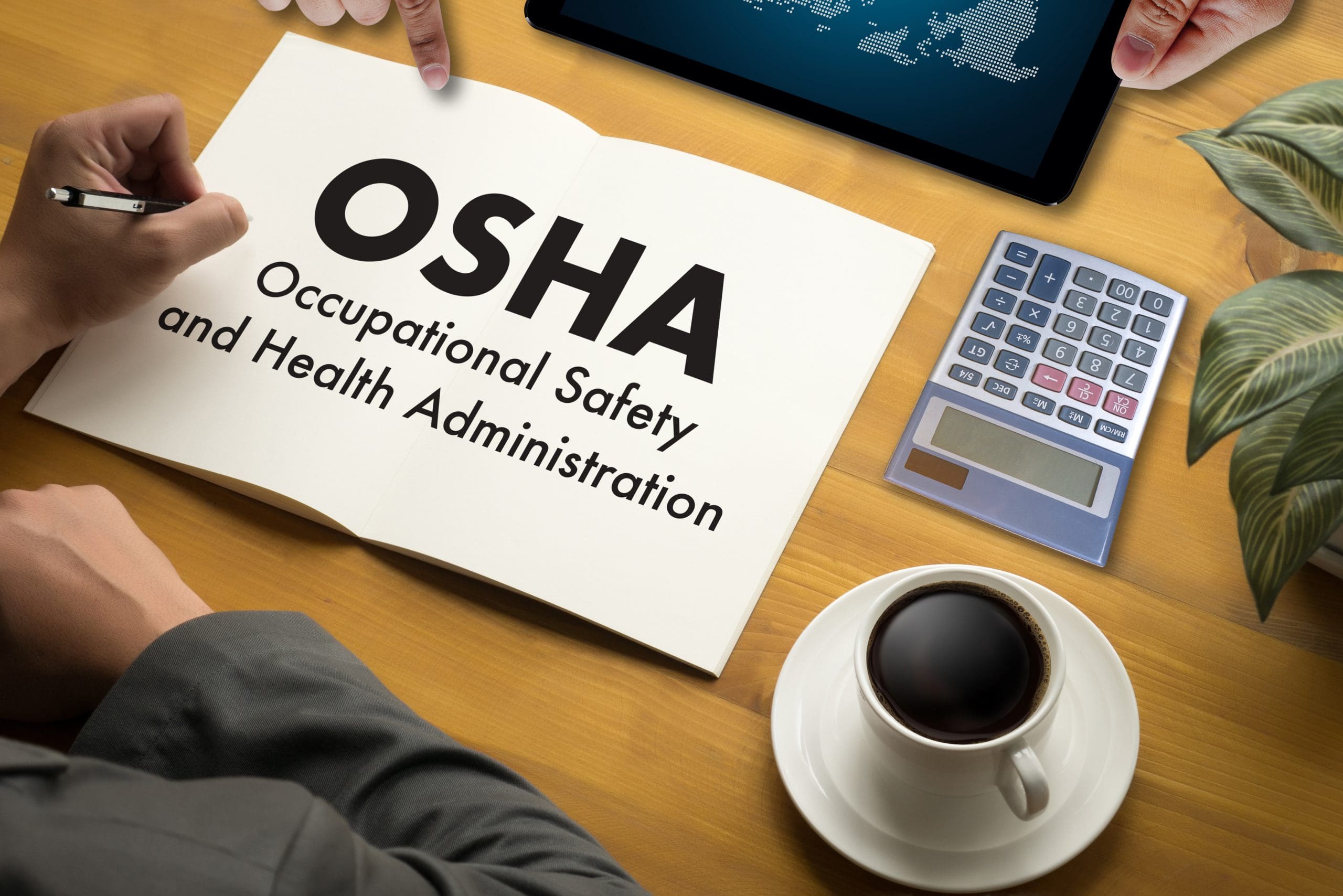While OSHA’s revised Hazard Communication Standard (HCS) has been in effect for a few years, the specifics of its new guidelines still prompt questions on how to stay compliant in order to maintain a safe working environment for employees. There are four major areas to consider when assessing OSHA regulations and compliance for safety in the workplace including:
- Hazard classifications
- Labels
- Safety Data Sheets (SDS)
- Information and training
Below are some quick-reference FAQs to serve as an easy guide to the Hazard Communication Standard.
What were the major changes to the Hazard Communication Standard?
The major changes to the Hazard Communication Standard included the adoption of the Globally Harmonized System (GHS) of Classification and Labeling of Chemicals, which standardized hazard communication elements such as labels and safety data sheets across countries, enhancing clarity and consistency in chemical hazard information worldwide. Within each, consider the follow changes:
- Hazard classification: The definitions of hazard were changed to provide specific criteria for the classification of health and physical hazards, and the classification of mixtures to ensure consistency across manufacturers and more accurate labels and safety data sheets.
- Labels: Chemical manufacturers and importers are now required to provide a label that includes a harmonized signal word, pictogram, a hazard statement for each hazard class and category, and precautionary statements.
- Safety Data Sheets: SDSs will now have a specified 16-section format.
What is the Globally Harmonized System?
The Globally Harmonized System (GHS) is an international approach to hazard communication, providing criteria for the classification of chemical hazards, and a standardized approach to label elements and safety data sheets for the health, physical, and environmental hazards of chemicals. OSHA compliance aims to improve worker safety by providing clear and uniform information on chemical hazards and safe handling practices.
HOW HAS CHEMICAL HAZARD EVALUATION CHANGED?
Specific criteria for each health and physical hazard, along with detailed instructions for hazard evaluation and determinations for classifying chemical substances and mixtures, have been revised.
HOW HAVE LABELS CHANGED?
Hazard communication labels now require the following elements on shipping containers:
- Product identifier: The unique name or number used for a hazardous chemical on a label or on the SDS
- Pictogram: A symbol on a white background within a red diamond
- Signal word: A single word on the label to indicate the severity level of a hazard and its potential danger
- Hazard Statement: A statement that describes the nature and degree of the hazard(s) of a chemical
- Precautionary Statement: A phrase of recommended measures to minimize or prevent harmful effects resulting from exposure to a hazardous chemical
- Name, address and telephone number of the chemical manufacturer, importer, or other responsible parties
Can SDSs be available online instead of in a binder?
OSHA says in 1910.1200(g)(8) that it is permissible to provide access to SDSs from an electronic workstation in the employee’s work area provided the employee knows how to access the SDSs and they are not password-protected.
Purpose of HazCom Standard: Is OSHA Compliance Mandatory?
OSHA (Occupational Safety and Health Administration) compliance is mandatory for most workplaces in the United States. OSHA sets and enforces standards to ensure safe and healthful working conditions, requiring employers to follow these regulations to protect their employees from workplace hazards.
OSHA says you must train employees who are defined in 1910.1200 as ” … a worker who may be exposed to hazardous chemicals under normal operating conditions or in foreseeable emergencies. Workers such as office workers or bank tellers who encounter hazardous chemicals only in non-routine, isolated instances are not covered.”
WHAT TRAINING MUST BE PROVIDED TO EMPLOYEES?
OSHA requires that employee HazCom training include:
- Methods and observations that may be used to detect the presence or release of a hazardous chemical in the work area
- Physical, health, simple asphyxiation, combustible dust, and pyrophoric gas hazards, as well as hazards not otherwise classified, of the chemicals in the work area
- Measures employees can take to protect themselves from these hazards, including specific procedures the employer has implemented to protect employees from exposure to hazardous chemicals
- Details of the hazard communication program developed by the employer, including an explanation of labels and the workplace labeling system, as well as safety data sheets, including how employees can obtain and use the appropriate hazard information.
HOW OFTEN MUST A REFRESHER TRAINING BE GIVEN?
Effective HazCom training must be provided to employees at the time of their initial assignment and whenever a new physical or health hazard the employees have not previously been trained about is introduced into their work area.
A Compliance Partner Can Help Lead the Way
As a manufacturer, distributor or manager, you have people to keep safe, environmental standards to meet and a business to run. Now is the time to adopt the new Globally Harmonized System – and TotalSDS can help. Contact us today – we’ll show you how!


